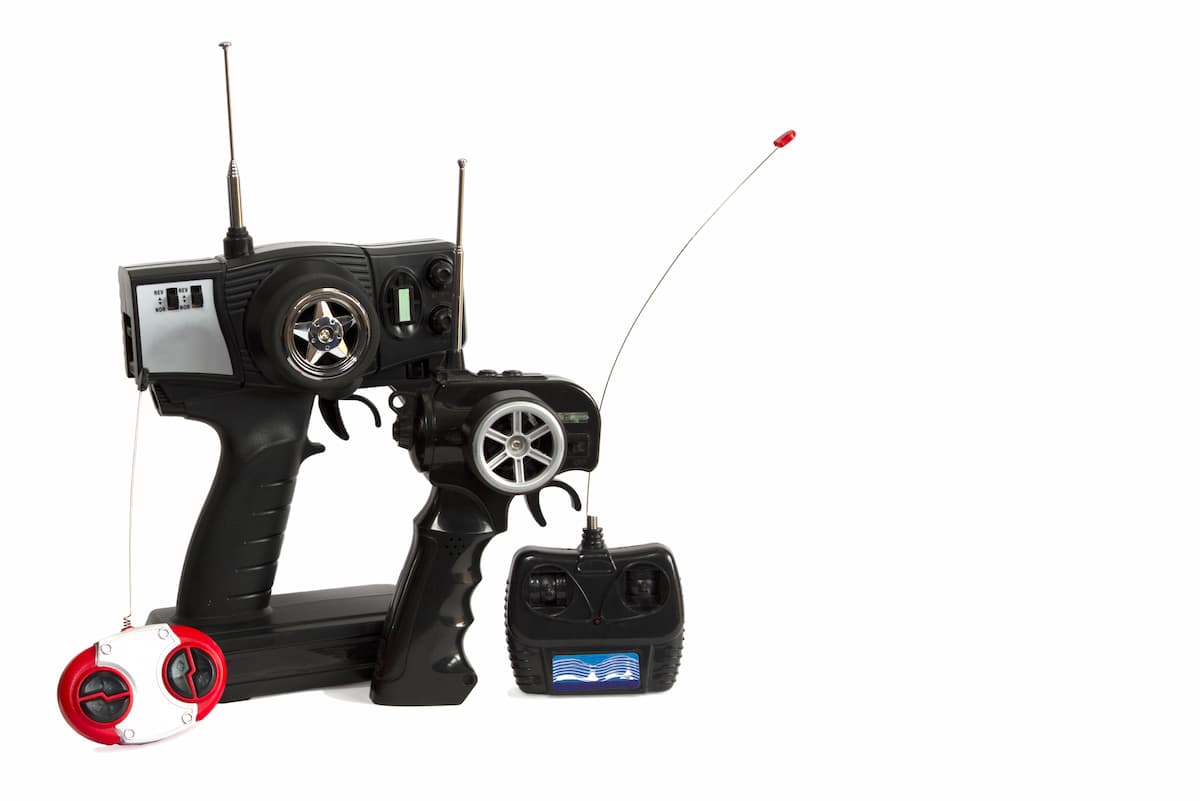A radio-controlled car relies on receiving signals from their transmitter (remote) to the receiver (vehicle) to smoothly maneuver itself as the controller wishes to.
Whenever you’re trying to get your hands on a new radio-controlled vehicle, you will mostly have to decide between 2 frequencies, 27 MHz and 49 MHz. This at times may arise a common question, what is better 49 MHz or 27 MHz?
Most consumer grade radio controlled vehicles are available in 2 frequencies: 27 and 49 MHz. Both of them don’t have any major difference and buying either won’t provide a significant advantage in performance. The reason they come in these 2 frequencies is to avoid interference issues.
The tech, usage, and manufacturing context behind the production of RC vehicles lying within these 2 frequency options will be further dealt later on. So, for a better understanding it’s advised that you read this article till the end.

Which is Better? – 49 MHz or 27 MHz
This is a common question for anyone who has recently picked up RC vehicles as their new hobby. However, it’s also a common misconception and can mislead beginners into believing things that aren’t true.
I’ll be myth-busting these common misconceptions with their clear science and purpose in this section.
The abbreviation of MHz stands for Megahertz and is used as a scientific unit for frequencies. RC vehicles rely on specific radio frequencies to communicate and control themselves by the user’s wish.
The most common definition of how they work is transmitting signals from your remote directly to the receiver of your vehicle to assume command.
These two frequencies of 49 MHz and 27 MHz have been allocated for consumer use as per the law of The Federal Communications Commission (FCC).
These frequencies require no special license to be acquired to be used for field operation and hence anyone can enjoy RC vehicles.
So, the common misconception is that some people believe as frequencies are numbers, doesn’t it mean that a higher frequency will make their RC go faster?
Well, no. At small distances usually when controlling RC vehicles, having a higher frequency leads to no actual benefit.
As mentioned above, frequencies are only responsible for the transmission and receiving of signals. Nothing else is affected in between, at least not with what it has to do with the enjoyment or performance of your RC vehicle.
They play no part in increasing or making your RC vehicle go faster or lower response time. As per the law of all waves in the Electromagnetic spectrum, all frequencies including radio waves have constant speed.
All RC vehicles use radio waves to transmit and receive signals in order to provide remote control.
This means increasing the frequency of radio signals will not affect how fast your RC vehicle receives command. As we know, the speed of the radio waves no matter what its frequency is will always be the same and hence provide no advantage whatsoever.
Nevertheless, some people may argue that as the frequency gets higher, then their penetrating or signal strength increases. Though this statement is scientifically correct, it still doesn’t apply in the case of RC vehicles.
Higher frequencies do travel greater distances in terms of signal receiving but only when the frequency increases by a large margin.
A jump from 49 MHz to maybe 900 MHz or 5.8 GHz will have a significant difference to be noticed. However, the slight increase from 27 MHz to 49 MHz can be considered to have little to no advantage in terms of signal strength.
Also, some stores try to capitalize on the ‘higher frequency’ hoax advertisement and will charge more money for the same RC vehicle of 49 MHz.
Hence, considering the slight difference, it’s not wise going for a 49 MHz RC when you can just get a 27 MHz version of the exact model and reap the same performance.
However, you might still ask, if there is no difference then why do Radio Controlled Vehicles come in these 2 specific frequencies?
Well, I suggest you hold onto this question as I’ll cover the answer in an upcoming section of this article.

Why are RC Vehicles Manufactured in Both 49 MHz and 27 MHz?
The core reason why there are two production lines for the same RC vehicles in different frequencies is to avoid interferences within other RC vehicles with similar frequency. This phenomenon is more common when two RC vehicles are concurrently conflicting with each other.
Two people driving separate RC vehicles with the same frequency won’t be able to control their own one conveniently. There will be constant interferences and disruptions taking place within the two RC vehicles making them go rogue.
Hence, when hobbyists are trying to control their RC with the same frequencies at the same place, the signals will collide most of the time.
This is why RC vehicle hobbyists prefer hanging out with RC vehicle owners with a different frequency channel from their own.
This is why manufacturers prefer having two separate channels of frequencies available that are not close to each other, such as 27 MHz and 49 MHz. Some even come with slight frequency modifying options to overcome this problem.
This allows multiple users to play simultaneously with their RC vehicles without causing any inconveniences.
If this wasn’t available, then the transmitter of one RC vehicle will be received by the other Vehicle with the same frequency receiver and activate its motor according to the commands of the other person.
This is usually a big thing to worry about when multiple RC vehicles are within a constricted place and are being controlled individually at the same time.

Should I Buy a 27 MHz or 49 MHz RC Vehicle?
If you’re a father of two kids who are both interested in owning RC vehicles and are bugging you for it then don’t go for same frequency channeled RCs.
If you and your friend gather around and do RC vehicle meet ups from time to time, then try buying RC vehicles with different frequency channels as well.
This will keep the experiment fun for both your kids as they won’t disrupt each other’s play time and can play or race simultaneously in peace.
Even you and your friend can have a nice RC vehicles session without having to constantly fight over asserting control over each other’s vehicles.
Besides who would want to deal with constant entanglement of commands when they are just trying to relax doing what they love eh?
Although some 27 MHz have slightly tweaked channels based on color ranges. There up to 6 coded channels available on differing frequencies.
Some RC Toys also let you choose differing channel bands based on the color on your controller and vehicle using a simple switch selector designated with a specific number of colors or letters.
Suppose a 27 MHz can be changed from a range of 26.995 MHz to 27.255 MHz with almost 6 channels in between them that vary by about 00.050 MHz.
This allows many 27MHz remote controlled cars to be played together simultaneously at the same time without cross-talking.
However, these RC vehicles with a range of frequency channels are a lot more expensive than the usual 27 or 49 MHz ones.
Nevertheless, it still allows you to drive your RC without any fear of interference from other RC vehicles.
In the end which frequency RC vehicle you prefer is entirely up to you and I would suggest you consider doing some research before-hand.
Consider all the possibilities and technical difficulties that may arrive when you are buying some multiple RC vehicles for multiple users.
Final Thoughts on What is Better 49mhz or 27mhz for RC Play
So does that cover all the difference between 27 MHz and 49 MHz RC vehicles? So the next time you might scratch your head deciding which of them might be better than the other, just don’t.
I hope this article helped you see the clearer picture indulged between the frequency channels RC vehicles come with.
Thanks for reading this article till the end and all the best!
RC Car Options Available on Amazon
| Image | Manufacturer | Description | Price | Prime | Buy |
|---|---|---|---|---|---|
 Top
Top Top
Top | ARRMA | ARRMA 1/7 Felony 6S BLX Street Bash All-Road Muscle Car RTR (Ready-to-Run Transmitter and Receiver Included, Batteries and Charger Required), Black, ARA7617V2T1 | Prime | Buy Now | |
Top | Traxxas | Traxxas XO-1 1/7 Scale AWD Supercar with TQi 2.4GHz Radio & TSM, Black | Prime | Buy Now | |
 | Losi | Losi RC Truck 1/6 Super Rock Rey 4WD Brushless Rock Racer RTR (Ready-to-Run) with AVC, Baja Designs, LOS05016T1 | PrimeEligible | Buy Now | |
 Top
Top
Top
Top | Traxxas | Traxxas 67076-4 Rustler 4x4 VXL Off Road Electric Remote Control RC Car with Remote Control for Adults and Kids, Red | Prime | Buy Now | |
 Top
Top
Top
Top | ARRMA | ARRMA RC Truck 1/8 KRATON 6S V5 4WD BLX Speed Monster Truck with Spektrum Firma RTR, Red, ARA8608V5T1 | PrimeEligible | Buy Now | |
 Top
Top
Top
Top | Redcat | Redcat Racing Shredder XTE Electric Truck, 1/6 Scale, Red | PrimeEligible | Buy Now | |
 Top
Top
Top
Top | Traxxas | Traxxas 67076-4 Rustler 4x4 VXL Off Road Electric Remote Control RC Car Chassis Body with Remote Control for Adults and Kids, Green | Prime | Buy Now | |
 | ARRMA | ARRMA RC Car 1/8 Typhon 6S V5 4WD BLX Buggy with Spektrum Firma RTR (Ready-to-Run), Black and Red, ARA8606V5 | PrimeEligible | Buy Now |
Helpful Links
For all your RC Questions, Click HERE
If you are interested in RC cars and trucks, RC World has you covered.
For RC boats and watercraft, check these articles out.
For all your RC Airborne endeavors, we have everything you need.
Top E-Bike Rental Services for Your Next Adventure
The transformative wave of urban mobility is at our pedals, and enthusiasts like us are riding the crest with the emergence of leading e-bike rental services. Navigating through…
What Happens if Two RC Cars Share the Same Frequency?
If you are looking to get a remote control car to play with friends then you need to see what frequency cars they use. RC cars aren’t always…
10 Tips for Better Electric Skateboard User Experience
Stepping onto the world of electric skateboarding can be both thrilling and daunting. The power to glide down the streets, effortlessly navigating through people, and exploring new routes…
Why Choose Electric Skateboards for Travel?
The intersection of technology, sustainability, and urban mobility has led to innovation on the streets – quite literally – with electric skateboards emerging as a shining example of…
8 Must-Have High Torque Motors for Electric Skateboards
Electric skateboarding is not just a means of transportation, it’s a lifestyle. Embracing the futuristic blend of technology and excitement, it captivates enthusiasts worldwide. At the heart of…
Finding Perfect Wheel Size for Electric Skateboarding
Choosing the right wheel size for your electric skateboard can significantly enhance your riding experience. Navigating the world of skateboard wheels can be daunting with such a variety…
Essential Tips for Easy Electric Bike Commuting
With the rise of eco-friendly modes of transportation, electric bikes have carved their niche as an enjoyable, economical, and efficient choice for many commuters. Whether it’s the quest…
Pros And Cons Of Different RCs? Gas, Electric, Nitro RC Cars
Gone are the days of cheap little toy cars to race around the house. Hobby radio-controlled (RC) cars have become much more advanced today, and can come with…
Why Choose Nitro RC Cars [ Complete Newbie Guide ]
RC cars themselves are cool enough but now imagine them being closer to the real deal. The many awesome and enjoyable factors that solely exist to make you…


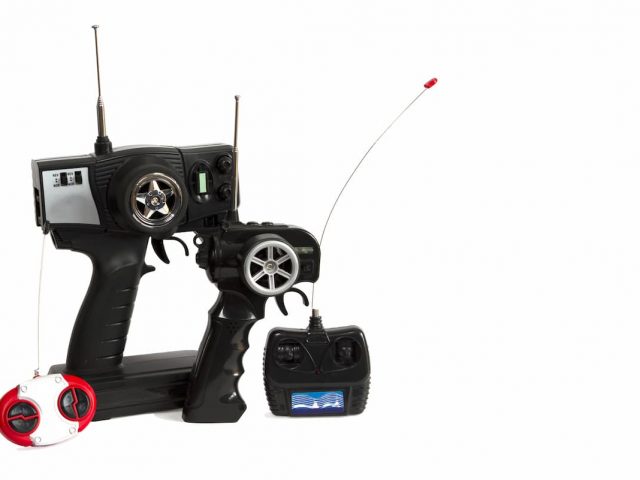


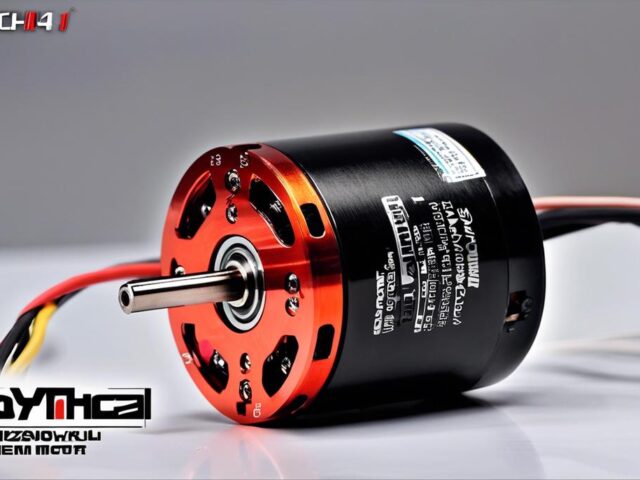
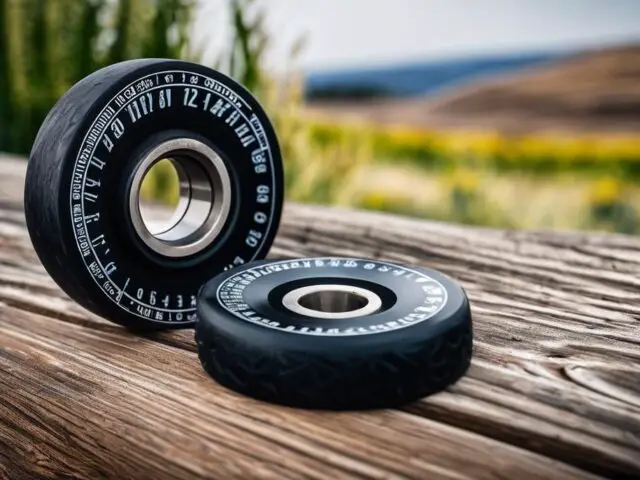


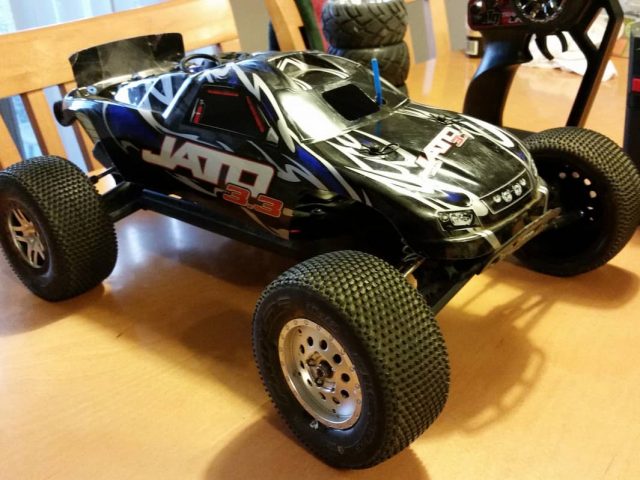

![Why RC Is So Expensive [ Hobby Guide For Newbies ]](https://radiocontrolledworld.com/wp-content/uploads/2021/03/Why-RC-Racing-Can-Be-So-Expensive-e1614911042543.jpg)
